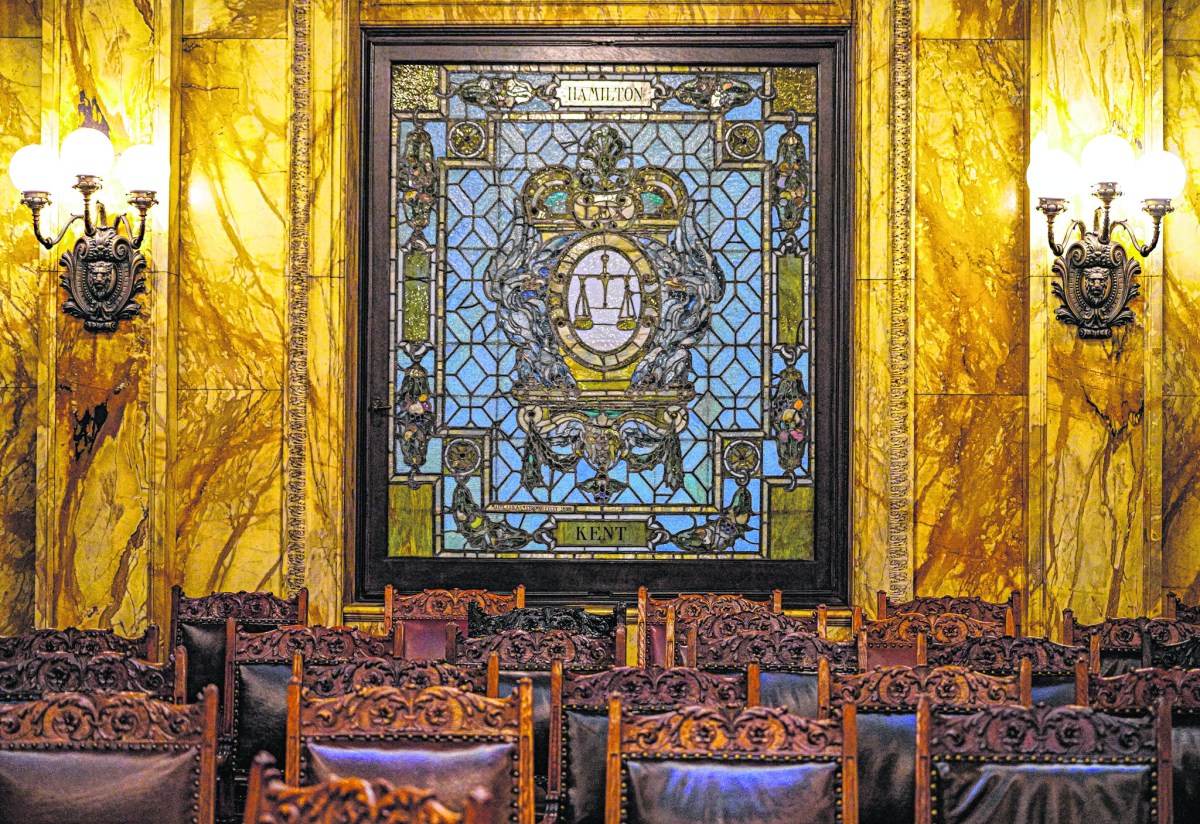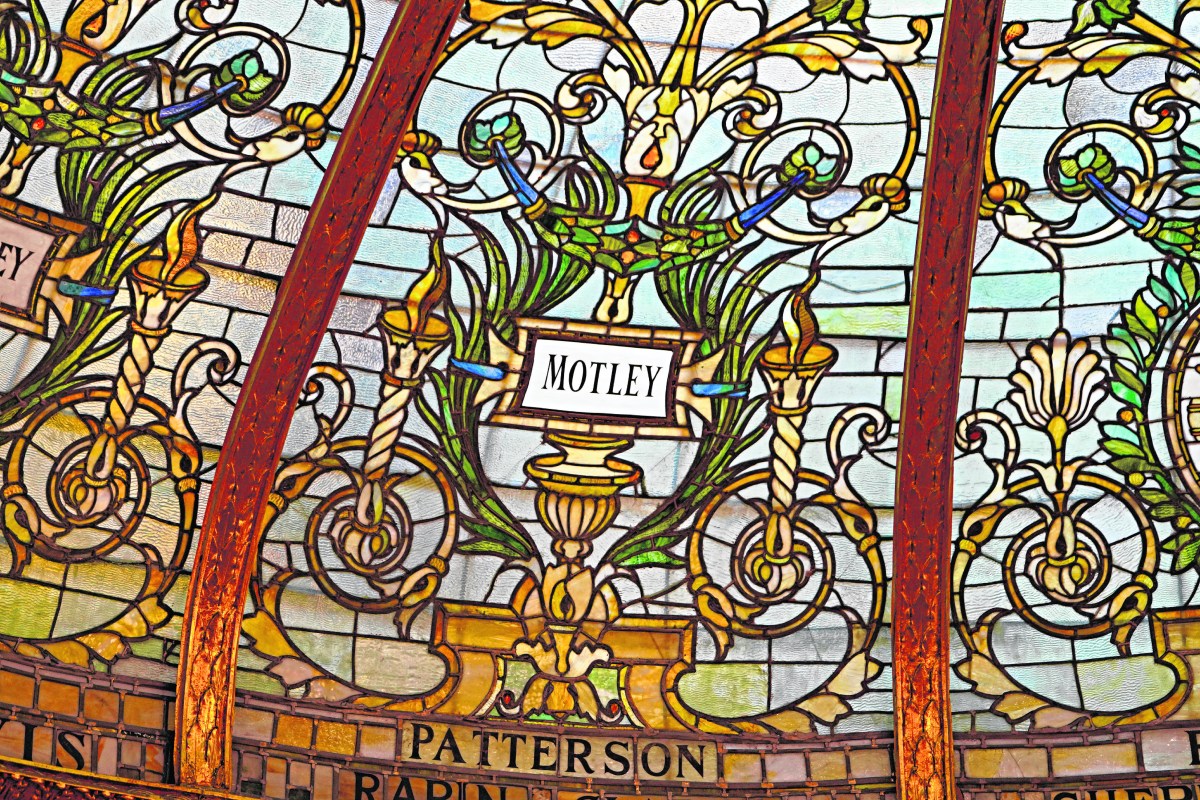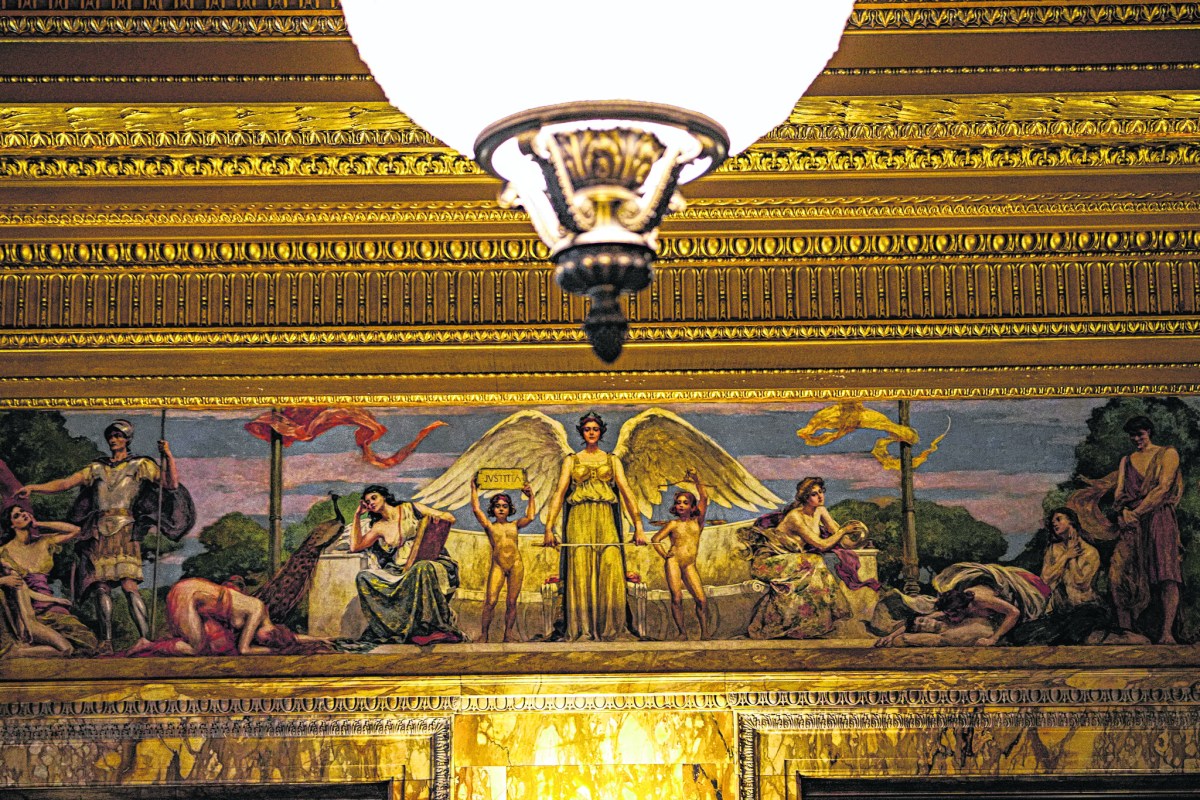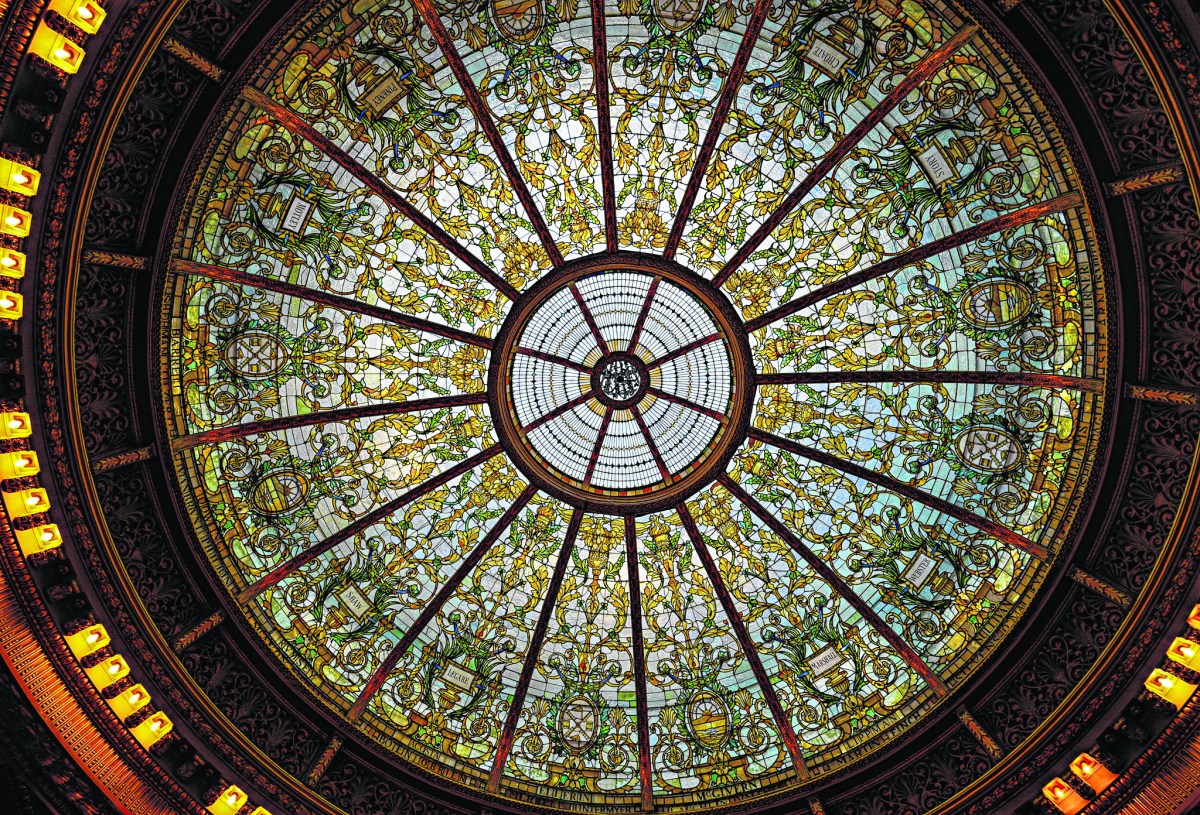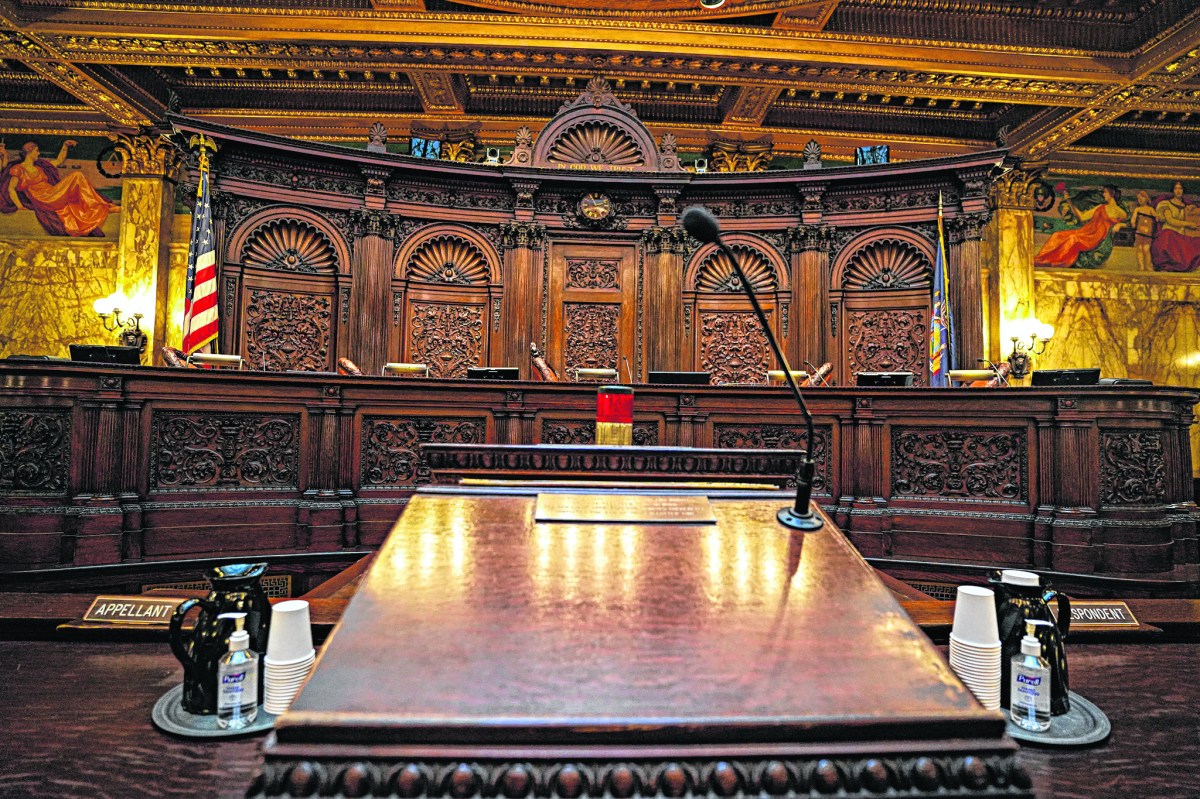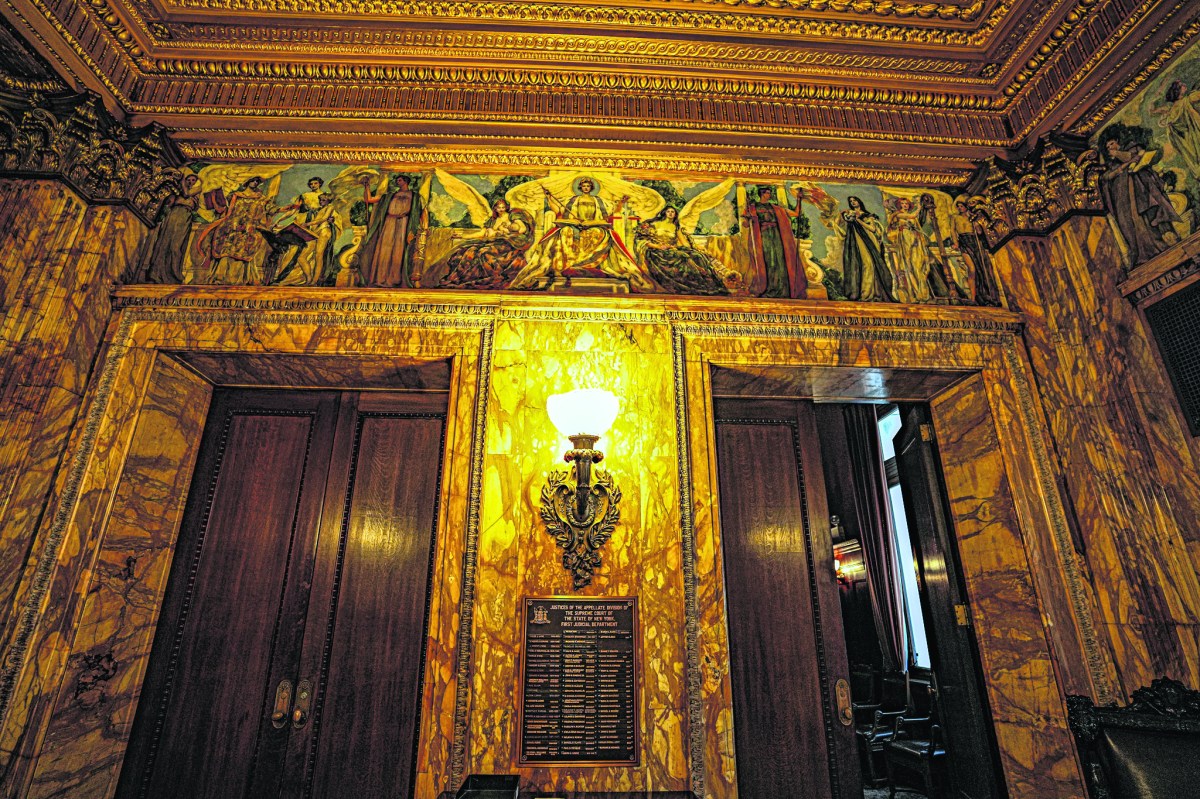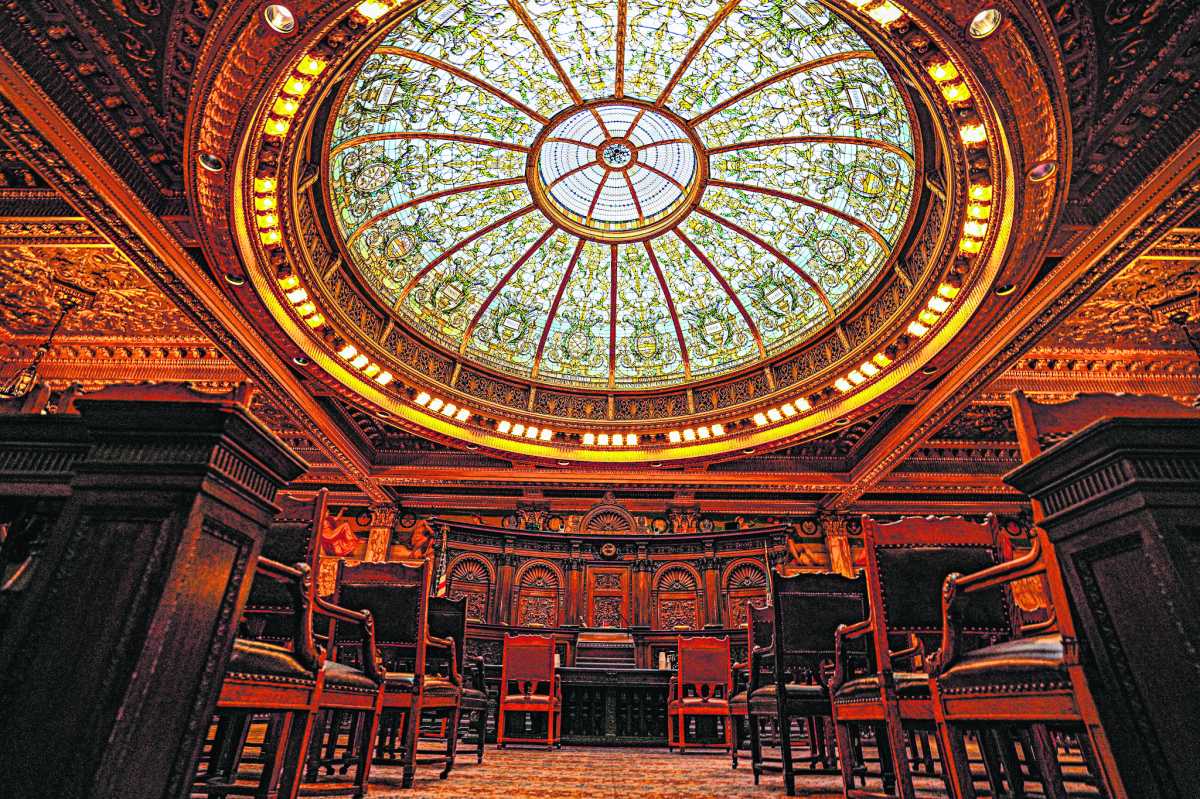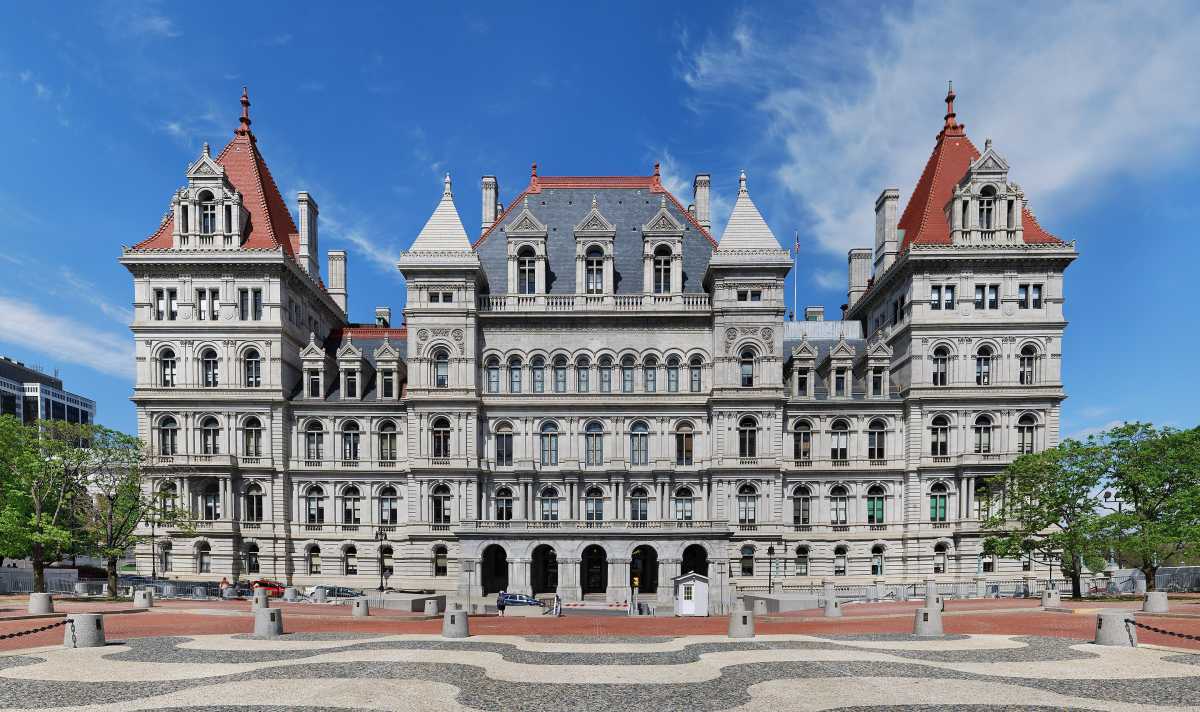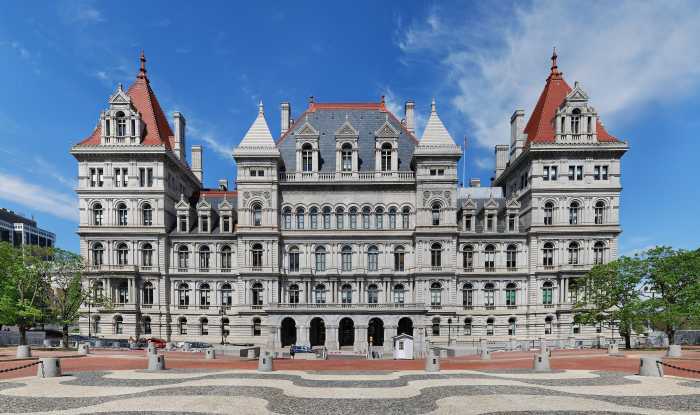Manhattan’s Appellate Division courthouse, located at 27 Madison Ave., is an example of Beaux-Arts architecture, a time capsule of Progressive Era aesthetic values and recently a canvas for its contemporary leadership to imprint modern attitudes.
Completed in 1900, this landmark serves as the home of the Appellate Division, First Department.
For both the interior and exterior, the building’s architect James Brown Lord looked to the high classical tradition for inspiration. The 25th Street facade is adorned by columned porches and statues of ancient legal thinkers. The intricately designed murals in the building’s lobby and in its courtroom were chosen to connect the court to the enlightenment ideals of Western antiquity.
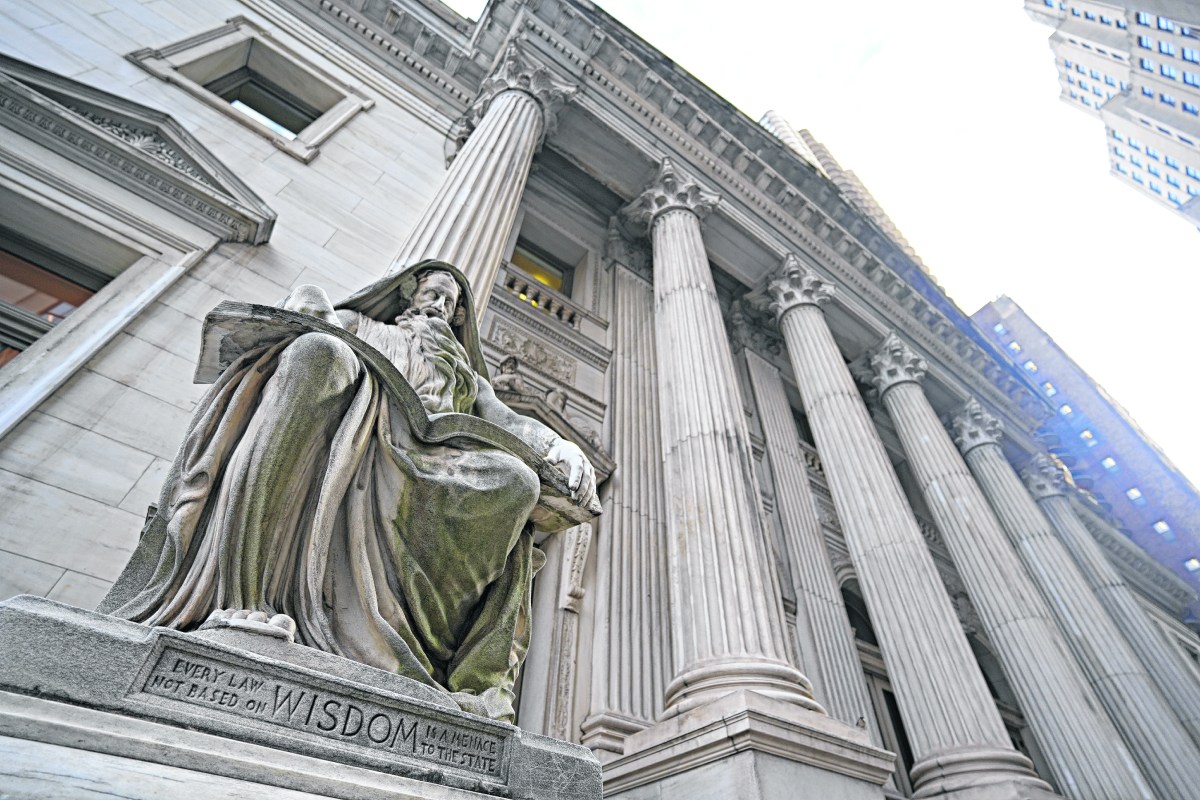
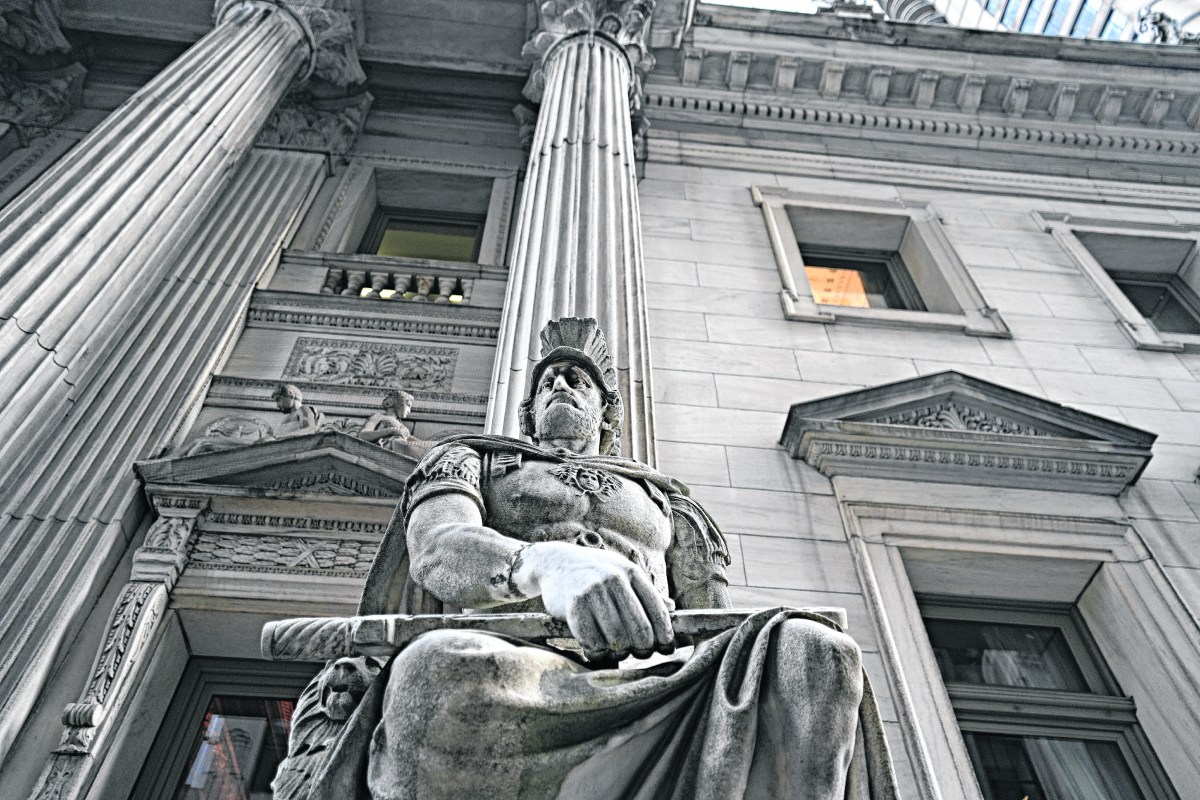

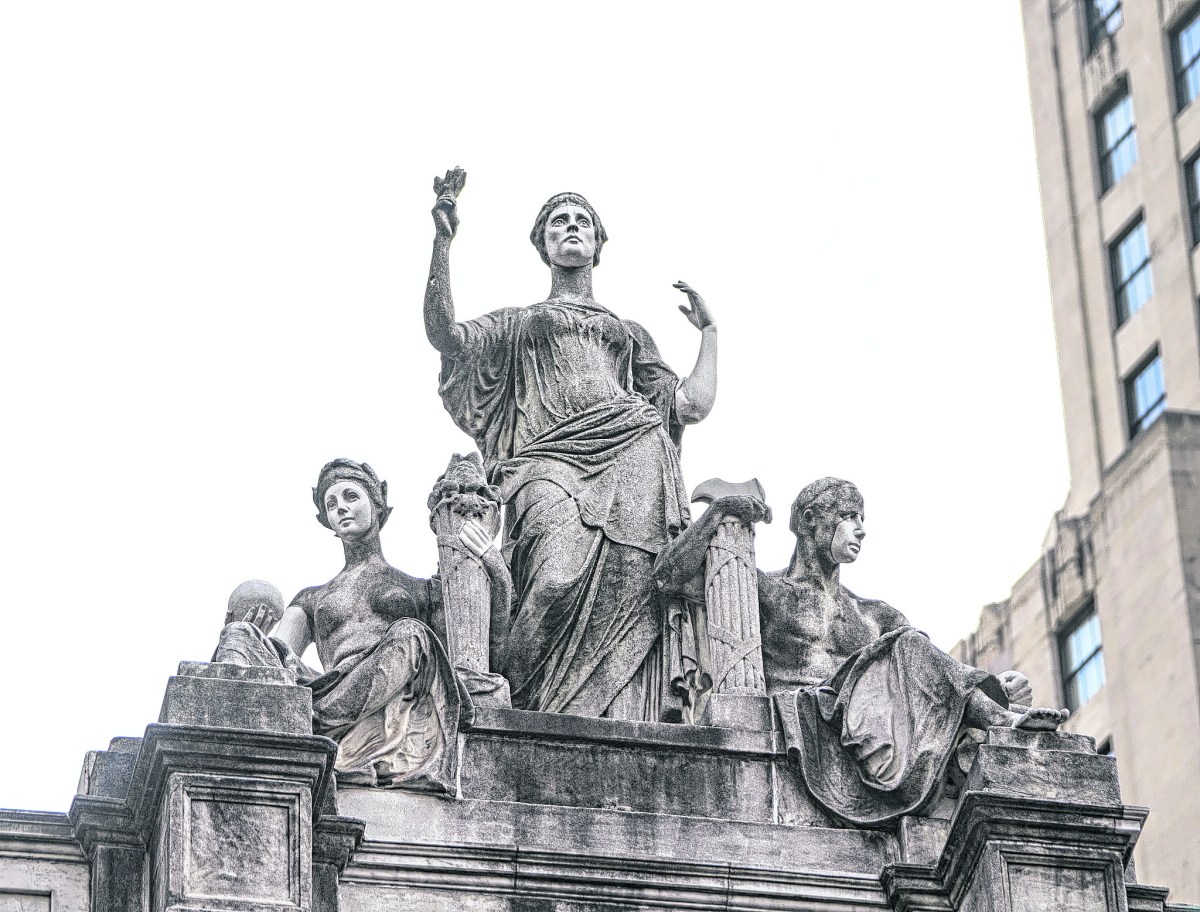

Inside the courtroom, three large murals face the dais that portray “Justice of the Law,” “Wisdom” and “The Power of the Law.” A grand stained glass dome allows light to filter in from the floors above. The final cost of the building when it was constructed was $633,768.
Presiding Justice Dianne Renwick has made it a goal to “interrogate the art” and include women and people of color in the building’s design. As an associate justice, Renwick guided the installation of the sculpture, “NOW,” on the exterior of the building, which placed the statue of a woman among the depictions of male historical lawgivers that adorn the courthouse roof.
In September, under Renwick’s leadership, the court celebrated the installation of a nameplate for civil rights champion, U.S. District Judge Constance Baker Motley, in the landmarked courtroom’s stained-glass dome. Motley’s name replaces that of Roger B. Taney, the fifth Chief Justice of the U.S. Supreme Court and author of the infamous Dred Scott decision, which found that enslaved people were not U.S. citizens and could not expect protection from the federal government or the courts.
Taney’s name was moved to the court’s law library with an explanatory sign.
